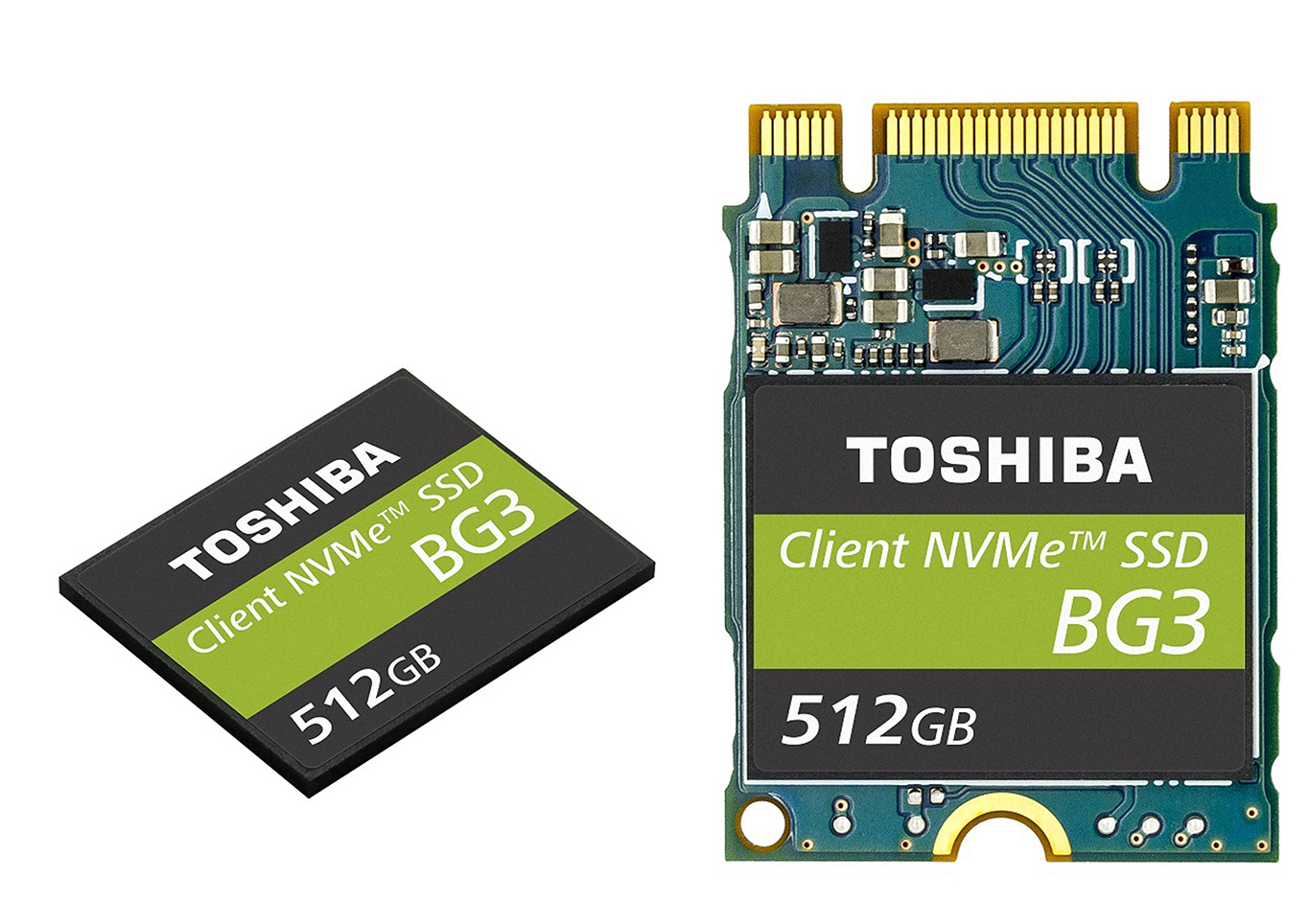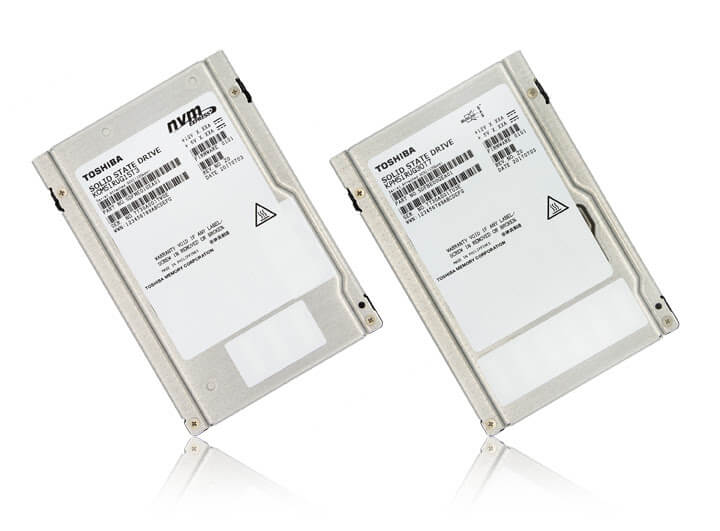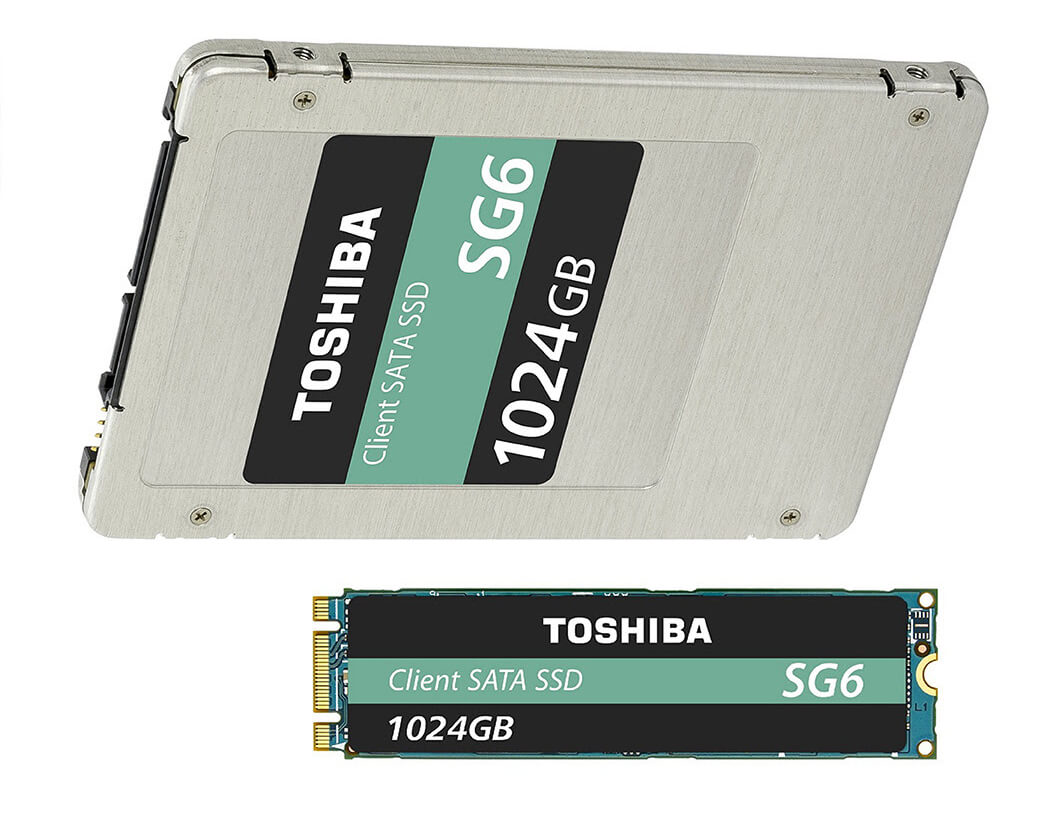Anunciado o Toshiba OCZ TR200. Será o primeiro SSD da Toshiba com 64-Layer 3-bit-per-cell TLC BiCS FLASH de venda direta ao público sem ser apenas de venda OEM.



Capacidade: 240GB - 960GB
Leitura / Escrita sequencial: até 550 MB/s / até 525MB/s
Garantia 3 anos.
O preço não foi anunciado e estará disponível no Outono.



Capacidade: 240GB - 960GB
Leitura / Escrita sequencial: até 550 MB/s / até 525MB/s
Garantia 3 anos.
O preço não foi anunciado e estará disponível no Outono.
Toshiba Introduces TR200 SATA Retail SSD Series with 64-Layer 3D Flash Memory
The all-new Toshiba TR200 Series Delivers Next Generation Upgrade for Mobile or Desktop Systems
Düsseldorf, Germany, 27 July 2017 - Toshiba Electronics Europe GmbH launched today the TR200 SATA solid state drive (SSD) series for the retail market. Leveraging Toshiba’s latest 3-bit-per-cell TLC (triple-level cell) BiCS FLASH the TR200 series offers PC gamers and DIY enthusiasts Toshiba’s first upgrade SSD with 64-layer 3D flash memory.
Toshiba TR200 SSDs offer an easy and affordable way to enhance notebook or desktop experiences by increasing system responsiveness and productivity over traditional hard disk drives (HDDs). With a 6 Gbit/s SATA interface, the TR200 series is rated for sequential read/write speeds[1] of up to 550 MB/s and 525 MB/s[2] and random read/write performances[3] of up to 80,000 and 87,000 input/output operations per second (IOPS)[4]. In addition to the excellent SATA performance, TR200 SSDs provide low power consumption that translates into a longer battery life for on-the-go users.
The TR200 series will be showcased at the China Digital Entertainment Expo and Conference (ChinaJoy) in Shanghai, China from July 27-30 and Gamescom in Cologne, Germany from August 22-26 (Hall 10.1/B024). TR200 drives will be offered in a 2.5-inch form factor and are available in 240GB, 480GB, and 960GB capacities[5] and will be available at retailers and etailers this autumn.
Última edição:




